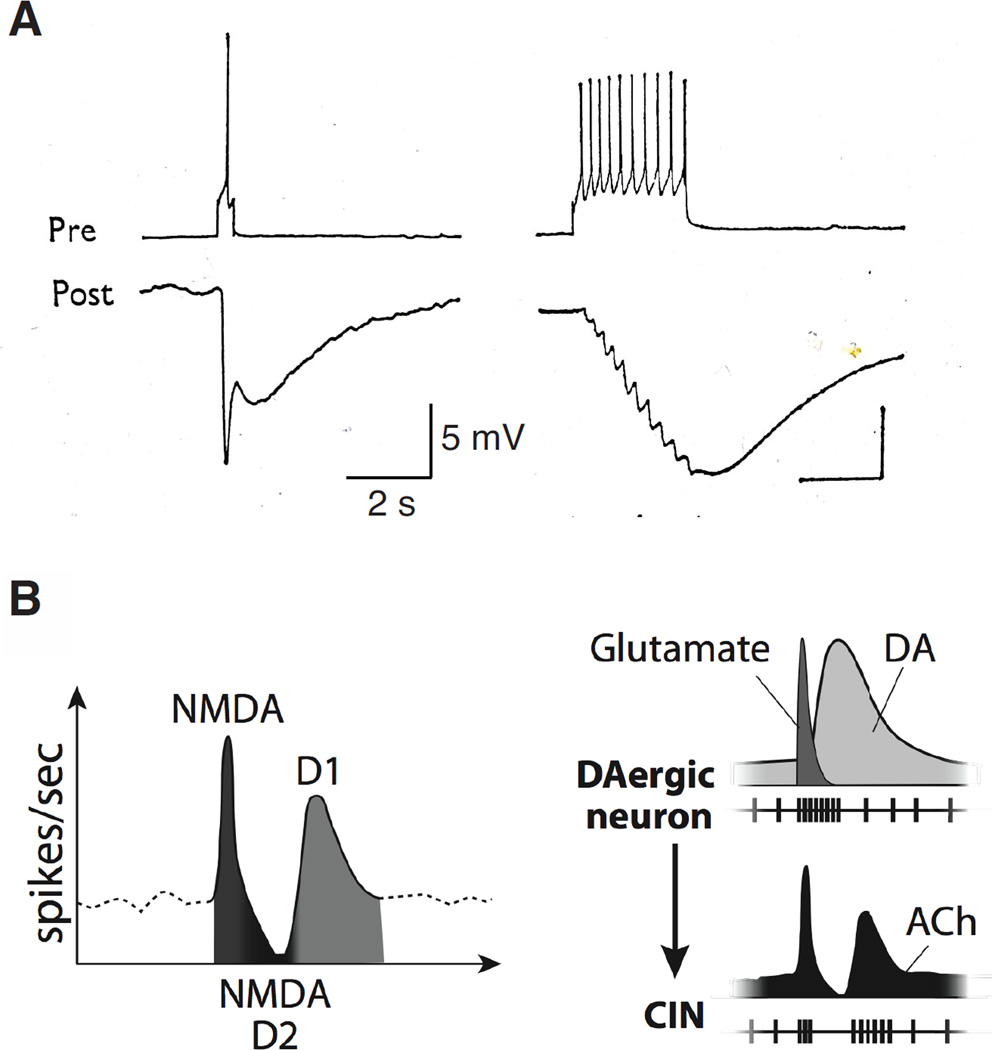Figure 2. Synaptic transmission occurs at multiple timescales.
A. Left: A two-component inhibitory response of medial pleural neuron (in Aplysia) at resting level (Post) to a single presynaptic spike (Pre). Right: Typical response of a medial pleural neuron to repeated firing of the presynaptic neuron. A rapid IPSP is associated with each presynaptic spike, whereas the slow IPSP is only evident with repeated firing and is seen as a summated slow wave [41]. B. Phasic activation of DA controls the three different components of firing in striatal interneurons by coordinated action of glutamate and DA release: glutamate (NMDA) receptor activation evokes an initial burst followed by an afterhyperpolarlization with a firing pause, while DA elicits both a D2-type DAR-dependent firing pause and a late D1-type DAR-dependent burst. DA – dopamine, Ach – Acetylcholine, CIN – cholinergic interneuron [58].

